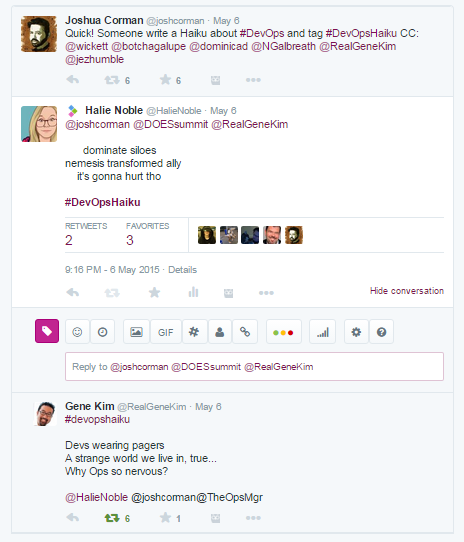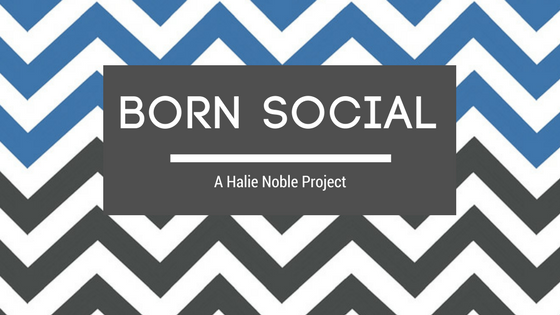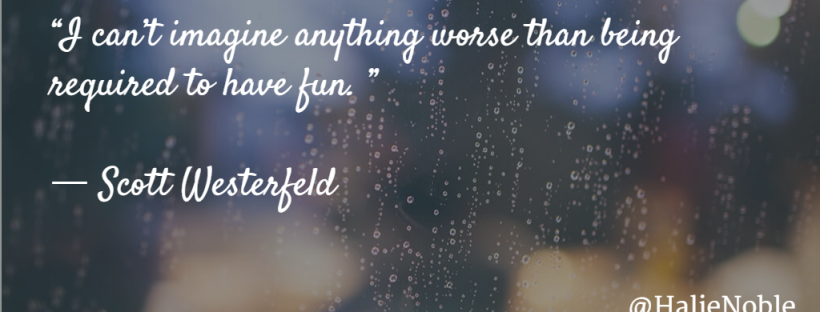Inexperienced interns may not produce work worth paying for… yet. Your experience, time and guidance should get them there, that’s the whole point.

An internship should serve as a career roadmap. Lead interns through situations and challenges. Guide them to succeed in a paid, entry-level position at your business – whether you plan on hiring any new paid positions or not – and any similar organization in your industry.
The role of the “Unpaid Intern” isn’t glamorous. Often given pain-staking busy work or remedial tasks that a company would never pay for, interns only gain what they are given. On the other side, when managers don’t invest time in those who they don’t invest money, they risk losing talent they can’t be bothered to foster.
I can speak first hand on this, from both points of view: Just last year, January 2014, I started at the public relations (PR) agency that currently employs me as an unpaid intern. I now run our internship program. From hiring, management, and exit reviews, I work to ensure a mutually beneficial relationship between the agency and interns as I was given.

Do whatever you can to make sure your interns know you appreciate them even though you’re not paying them. I always enjoyed being sent home with baked goods from meetings.
Eager, high-potential applicants can be hard to find when searching for unpaid interns, particularly if you do not operate near a large population of students required to complete internships for credit. At the end of an internship, students often hope to be hired by that business (I clearly did), and rightfully so.
–Whether or not you’re hiring, if at the end of three-to-five months working for your agency/brand, an intern does not have the skills you expect from an entry-level position at your company, it’s not they who have failed but you have failed them.-
So if you can’t offer applicants monetary compensation, how do you draw in interns with strong potentials and work ethics?
To answer that, I will explain what attracted me to apply to my agency’s unpaid internship a year ago. These three concepts have become commandments I strive to provide “my” interns (also sometimes lovingly referred to as “my ducklings”):
- Guarantee real, applicable work experience
– The research they conduct, the relationships they build and the content they create are all essential to our clients’ campaigns and interns know their contributions are acknowledged, appreciated and acted on.
- Make clear that intern’s feedback is sought after
– Even on first interviews interns are introduced to, and engage with, the agency’s principal(s) and account execs. From the very start, they are encouraged to ask every question and share every idea.
- Dedicate consistent and frequent time to one-on-one training and education
– While I do look for interns that can work independently with confidence, it’s recognized that that confidence must be curated through thorough explanations, constructive training, reinforcement and two-way communication.

It is important to sit down and “chat” with your interns. Make sure they know that you appreciate their help and you’re genuinely intent on making it as rewarding as possible. Both intern and employer will only get out of each other what they are willing to put in.
It’s the third point that I am most concerned with as I write today. Training and then challenging those whose only goal is to learn isn’t typically difficult, especially when -as I mentioned before- they hope to become an irreplaceable asset and secure a paid position at the end of the internship.
If I am following through on No.1 in that list – Guarantee real, applicable work experience – I’m requesting interns to complete tasks that can range anywhere from intuitive to incomprehensible.
As an intern, being abandoned and to accomplish something you never have before can be overwhelming and ultimately a negative experience that results in sub-par, often unusable, work. However, it’s managements fault for tasking an individual who’s never tread water to essentially swim upriver.
Don’t like the work you’re getting from your interns? Instead of going back to correct, edit or completely redo a task that, up until that point, has essentially been a waste of everyone’s time, show them what to do and be clear on what is expected from them – format, deadline, strategy, style etc.
Don’t just spend time on the “how,” but also the “why” behind what you are asking your interns to do. Knowing the motive and final objective of a task brings it up, out of the weeds and provides a much higher level of understanding, which in turn produces better results for the entire team.
Trust me, the more time you spend teaching and working with each other, the less time either you or your intern will waste.
I remember my own internship and the first time I was asked to “write a few tweets” to be published by a brand (/any profile that wasn’t personally mine). I had something like 22 followers; only +/-40 sent tweets over the entire three years I’d had my handle and no idea how to craft a tweet that had a purpose. Instead of leaving me to flail in the wind, time was taken by those who asked something of me to explain how to do it best.
Now, I have over 1,800 followers, constantly tweet about the tech industry and can eyeball 140 characters from across a room. I use my followers as a resource for my clients and to increase my own online presence and industry savvy.
The me that “didn’t understand the point of Twitter” and thought social media’s only value in PR was in B2C is gone. I unknowingly buried that naivety in tweets or retweets in an organic, yet orchestrated effort to build myself and reputation in a new field – all while simultaneously managing numerous different clients’ entire social media campaigns.
If I’d spent my internship making copies, transcribing webinars and running out for coffee, instead of diving headfirst into real PR/social media work, I wouldn’t be followed by top reporters and analyst in my clients’ markets, or have developed the passion for digital engagement strategy that fuels me at work.
That’s great for me, sure, but even better for the agency that helped me create it.
By using the time I was unpaid, untrained but inspired to teach me the skills they pay employees for, my learning curve cost the company $0.00 in paid training and my supervisors were able to mold a dream account team member (if I do say so myself) how they wanted. The very first day they paid me, I was already familiar with their clients, the agency’s roles/organization and an established social media persona.

Too cool for school(ing) from me? Never, but soon my interns will be able to fly solo!
So now, as my ducklings complete their first month (eight whole days) in the office, I realize I may have to stop [secretly] calling them such. I was more than happy to let them follow me around, copying my methods to understand more about the work someone in my position does. I’ve spent the majority of my Tuesdays and Thursdays working with them versus my own assignments and soon that investment will pay out. They are becoming increasingly self-sufficient, eager-to-impress assets to the agency. Both well on their ways to become highly employable, PR/social media professionals, I’m confident in mine and the agency’s commitment to the interns we bring in. That very role launched my career and I enjoy giving others the same opportunity.
I was compelled to write this post on behalf of all the unfortunate, inevitably broke interns getting little-to-nothing out of the wasted hours spent as subservient afterthoughts. I remember what it’s like to be the almost-too-motivated, unpaid intern, working feverishly to simultaneously display their value and construct it at the same time. That was made possible for me by approachable supervision, a collaborative work culture and mutual respect throughout the organization.
If you can’t offer interns money, offer them everything else possible. Imagine regularly coming into a workplace where you are assigned grunt work, receiving zero compensation, feedback or applicable experience and gaining zero real work experience or professional relationships – That ain’t right.
Ultimately, if you have no empathy for interns and plan on milking the free-labor tit with no intention to further interns’ professional skills, I can’t stop you. However; the Feds can and will. It’s federally mandated that any unpaid internship provide educational value to the student that outweighs any advantage the business reaps.
Six Legal Requirements for Legal Unpaid Internships:
- The internship, even though it includes actual operation of the facilities of the employer, is similar to training which would be given in an educational environment.
- The internship experience is for the benefit of the intern.
- The intern does not displace regular employees but works under close supervision of existing staff.
- The employer that provides the training derives no immediate advantage from the activities of the intern; and on occasion, its operations may actually be impeded.
- The intern is not necessarily entitled to a job at the conclusion of the internship.
- The employer and the intern understand that the intern is not entitled to wages for the time spent in the internship.
For more information on the legalities of unpaid internships turn to Forbes here.





 possible. When I was an account coordinator, I volunteered to take on account executive tasks. Now as a account executive, I reflect the actions of senior executives but with my own insights and twist for process improvement.
possible. When I was an account coordinator, I volunteered to take on account executive tasks. Now as a account executive, I reflect the actions of senior executives but with my own insights and twist for process improvement.













